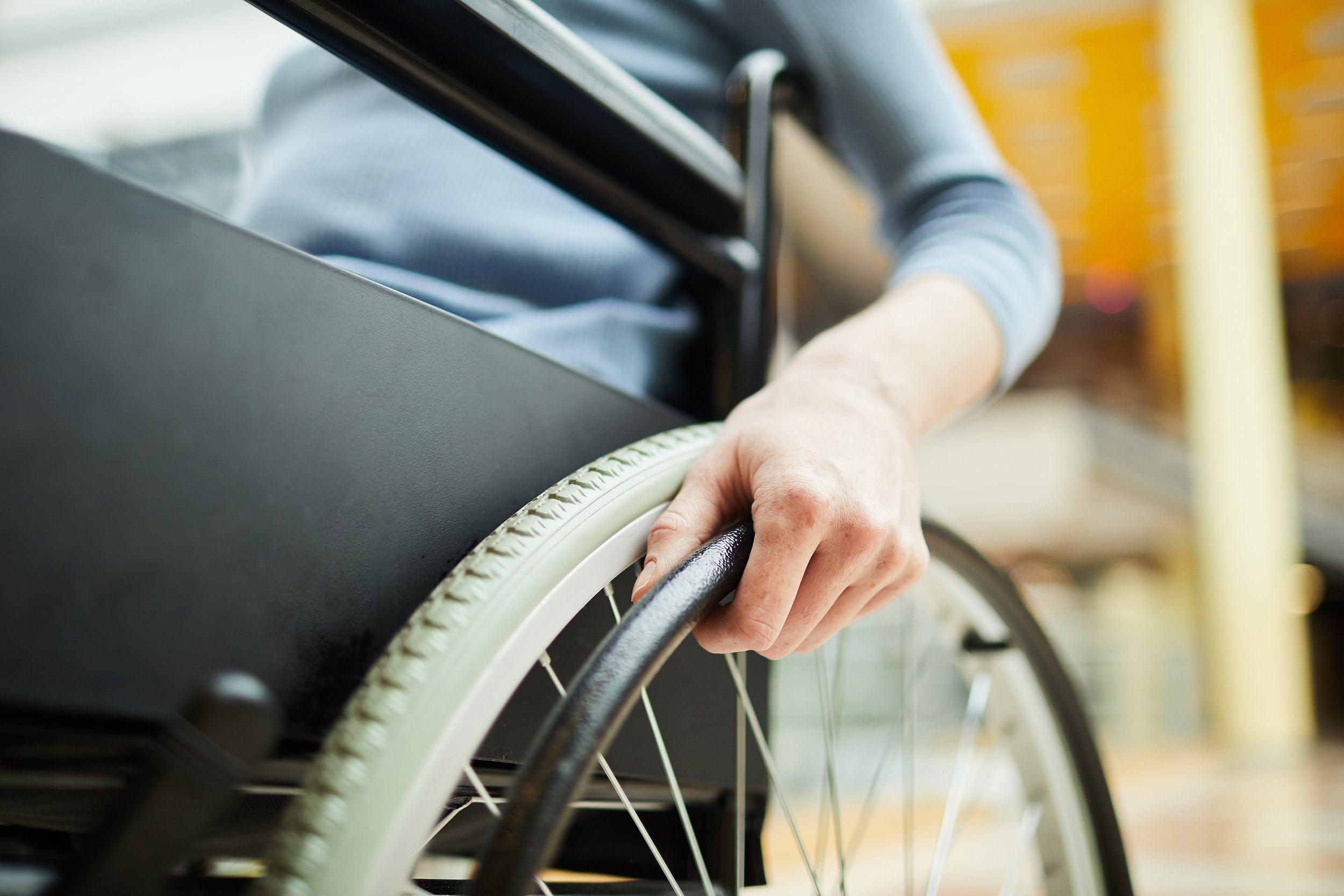Virtual video visits may improve patient convenience without sacrificing quality of care
Study finds virtual video visits, one form of telehealth visit used at MGH, can successfully replace office visits for many patients without compromising the quality of care and communication.
A team of researchers at Harvard-affiliated Massachusetts General Hospital (MGH) reports in the American Journal of Managed Care that virtual video visits, one form of telehealth visit used at the hospital, can successfully replace office visits for many patients without compromising the quality of care and communication. Virtual video visits are personal video chats between a health professional and patient using a computer or tablet via a secure application.
Karen Donelan, senior scientist at the MGH-based Mongan Institute Health Policy Center and lead author of the paper, which has been published online, says, “Some of the participants in our study were parents of children who needed multiple frequent visits or older patients for whom travel was difficult to arrange. It did not surprise us that they found virtual visits more convenient, but we were impressed that nearly all perceived the quality of care or communication to be the same or better than at the traditional and familiar office visits.”
The MGH TeleHealth Program was launched in 2012 after 10 years of successful experience developing TeleNeurology . Virtual video visits were offered beginning in 2013, and the program has continued to grow since then. At the time this study was conducted, established patients in several departments or divisions — including psychiatry, neurology, cardiology, primary care, and oncology — were eligible for virtual video visits for follow-up care. The current study reports on survey responses from 254 patients after their first visit and 61 clinicians who participated in the first full year of the program.
Among the key findings of the study:
The authors note that their study may have important lessons for a future in which several different modes — such as text, video, online, home, and office visits — are available for patient-clinician communication. While 89 percent of patients with virtual video visits said their clinical issues could have been addressed in traditional office visits, 60 percent indicated that telephone calls, 31 percent indicated secure email, and 20 percent responded that text messaging might also have been options. As these other modes of care are explored and studied, researchers will be assessing how best to tailor these visits to the needs of patients.
Lee Schwamm, director of the MGH Center for TeleHealth and of the MGH Comprehensive Stroke Center and executive vice chairman of the Department of Neurology , has used virtual video visits extensively in his own practice and is senior author of the American Journal of Managed Care report. “Our findings confirm what I felt in my gut, which is that what patients value most is uninterrupted time with their doctor, and they put up with all the other challenges required to come see us,” he says. “Telehealth gives them more of what they want most and gets rid of the stuff they don’t want. With a telehealth visit, 95 percent of the time spent by the patient is face-to-face with the doctor, compared to less than 20 percent of a traditional visit, in which most time is spent traveling and waiting. Seen through that lens, our results are not surprising.”
Schwamm is a professor of neurology, and Donelan is an associate professor of medicine at Harvard Medical School. The co-authors of the American Journal of Managed Care paper are Esteban A. Barreto and Carie Michael, Mongan Institute; Juan Estrada, MGH neurology; Janet Wozniak, MGH psychiatry; Adam Cohen, Johns Hopkins University and Johns Hopkins Hospital; and Sarah Sossong, Flare Capital Partners.
The researched was funded by Massachusetts General Hospital Institutional Funds.


